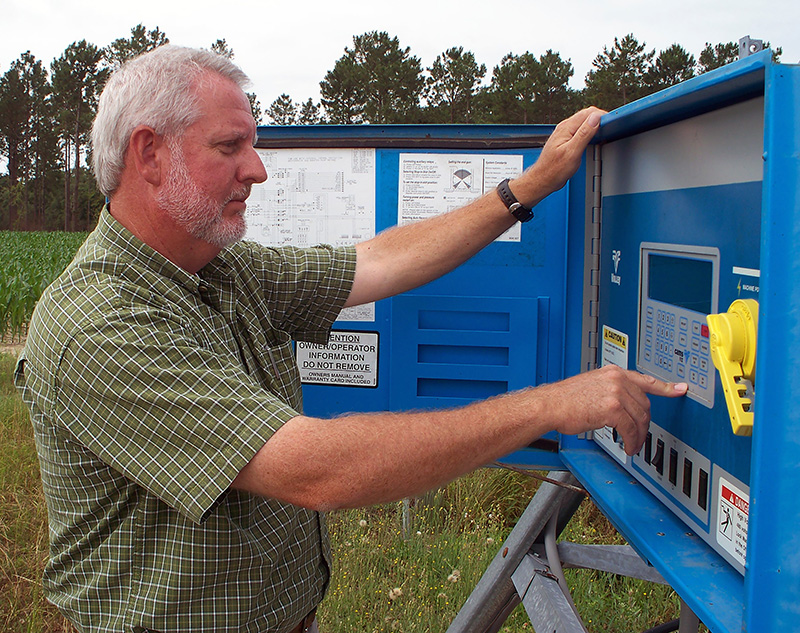Not since the Great Depression have Americans been so concerned about food security in this country. At the same time, demand for more and better food to feed the hungry around the world is exploding.
U.S. agriculture, and especially agriculture in the Southeast, is prepared to ramp up production to meet the demand. Exports are at an all-time high.
Yet, devastating funding cuts from state legislatures across the nation over the past two years have threatened our ability to develop better crops, advance food safety and improve packaging and shipping technology.
Earlier this week, the U.S. House Appropriations Committee released proposed cuts to agriculture that, if passed, will endanger the U.S. food system.
Food and shelter
Nothing is more important to Americans than keeping a roof over their heads and food on their dinner tables. In the proposed Continuing Resolution that will determine budgets for the remainder of the 2011 calendar year, Housing and Urban Development and the U.S. Department of Agriculture are asked to shoulder disproportionate cuts.
The resolution would cut $5.21 billion, or 22.4 percent, from agriculture-related programs and operating budgets during the remaining seven months of FY-2011. This is more than double the 10.3 percent cut proposed in overall non-defense discretionary spending.
The burgeoning federal deficit must be brought under control. Few Americans disagree. Getting the deficit under control means all departments of the federal government must tighten up. However, necessary cuts should be shared equally among all areas of federal government and ensure the least amount of damage to the American way of life.
These proposed cuts would mean massive job losses, weaken our food supply, damage our research and education system and keep agriculture from helping grow the U.S. economy. These cuts could eliminate close to $6 million from the University of Georgia College of Agricultural and Environmental Sciences alone. Land-grant universities across the country will face similar cuts.
The U.S. agriculture industry relies on the land-grant university system to provide research, development and training shared equally and openly among producers. Unlike other industries that employ proprietary research and development organizations, this public system of research and education was designed to give all involved in producing our nation’s food supply equal access to innovations that help feed the nation and protect the environment.
Impact at home
These are funds we rely on to conduct vital research in crop development, environmentally sound practices, water protection and food safety. These funds provide needed local education to agriculture producers, nutrition information for families and 4-H programs for more than 160,000 Georgia youths.
Coupled with the 24-percent cut in state funds we have faced over the past two years and a proposed additional 4 percent state funding cut in July, this 10 percent cut in federal funds will further cripple our research and Extension programs to Georgia.
In Georgia, the agriculture sector of the economy has been a stabilizing force amid a stormy economic outlook. Exports are strong. Demand and prices are high. We must be positioned to meet the demand and capitalize on this economic opportunity.
Every federal agency should do their fair share of belt tightening to rein in the deficit. We are willing to do our fair share. But exacting a 22 percent cut on programs that make up just 2 percent of the federal budget is far from fair.






